如果你也是看准了Python,想自学Python,在这里为大家准备了丰厚的免费学习大礼包,带大家一起学习,给大家剖析Python兼职、就业行情前景的这些事儿。
一、Python所有方向的学习路线
Python所有方向路线就是把Python常用的技术点做整理,形成各个领域的知识点汇总,它的用处就在于,你可以按照上面的知识点去找对应的学习资源,保证自己学得较为全面。

二、学习软件
工欲善其必先利其器。学习Python常用的开发软件都在这里了,给大家节省了很多时间。
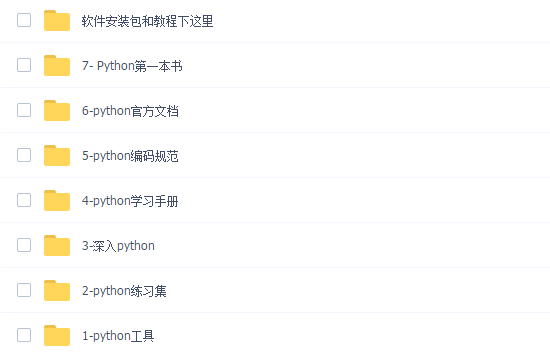
三、全套PDF电子书
书籍的好处就在于权威和体系健全,刚开始学习的时候你可以只看视频或者听某个人讲课,但等你学完之后,你觉得你掌握了,这时候建议还是得去看一下书籍,看权威技术书籍也是每个程序员必经之路。
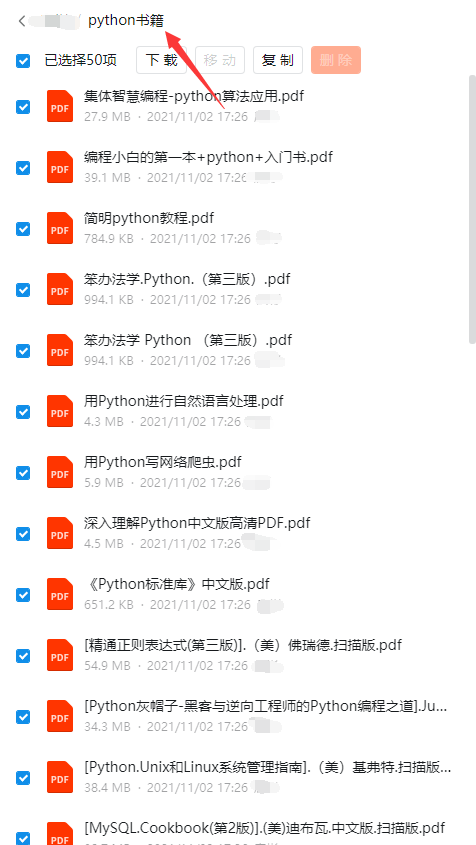
四、入门学习视频
我们在看视频学习的时候,不能光动眼动脑不动手,比较科学的学习方法是在理解之后运用它们,这时候练手项目就很适合了。
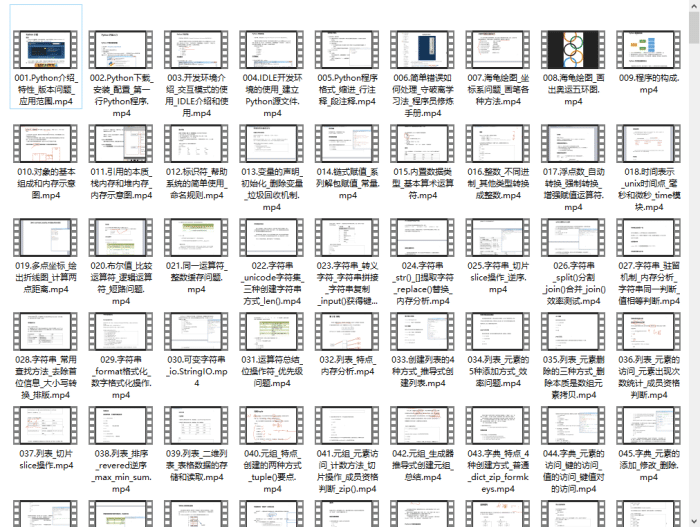

四、实战案例
光学理论是没用的,要学会跟着一起敲,要动手实操,才能将自己的所学运用到实际当中去,这时候可以搞点实战案例来学习。
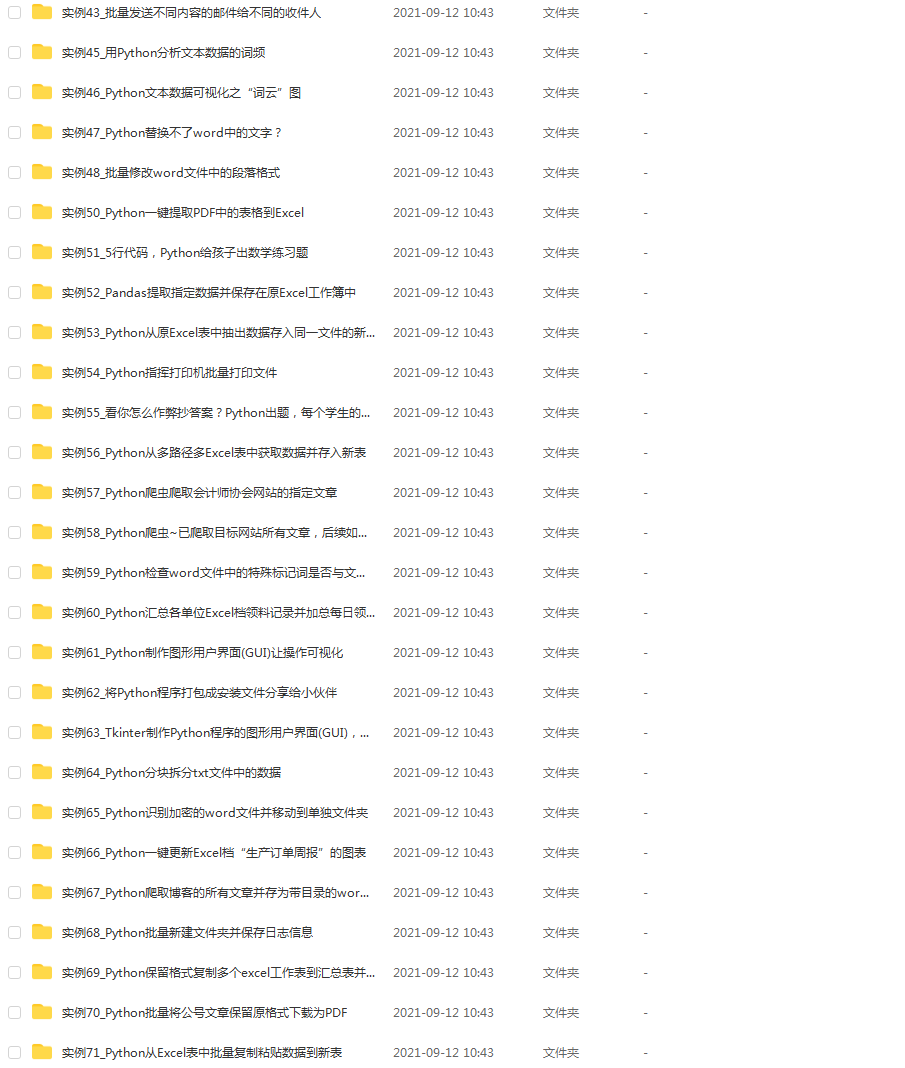
五、面试资料
我们学习Python必然是为了找到高薪的工作,下面这些面试题是来自阿里、腾讯、字节等一线互联网大厂最新的面试资料,并且有阿里大佬给出了权威的解答,刷完这一套面试资料相信大家都能找到满意的工作。

成为一个Python程序员专家或许需要花费数年时间,但是打下坚实的基础只要几周就可以,如果你按照我提供的学习路线以及资料有意识地去实践,你就有很大可能成功!
最后祝你好运!!!
网上学习资料一大堆,但如果学到的知识不成体系,遇到问题时只是浅尝辄止,不再深入研究,那么很难做到真正的技术提升。
一个人可以走的很快,但一群人才能走的更远!不论你是正从事IT行业的老鸟或是对IT行业感兴趣的新人,都欢迎加入我们的的圈子(技术交流、学习资源、职场吐槽、大厂内推、面试辅导),让我们一起学习成长!
- 游戏列表:
D:\>python -m freegames list
ant
bagels
bounce
cannon
connect
crypto
fidget
flappy
guess
life
madlibs
maze
memory
minesweeper
pacman
paint
pong
simonsays
snake
tictactoe
tiles
tron
二、游戏
执行方法 freegames.游戏名
python -m freegames.life

python -m freegames.pacman

python -m freegames.cannon
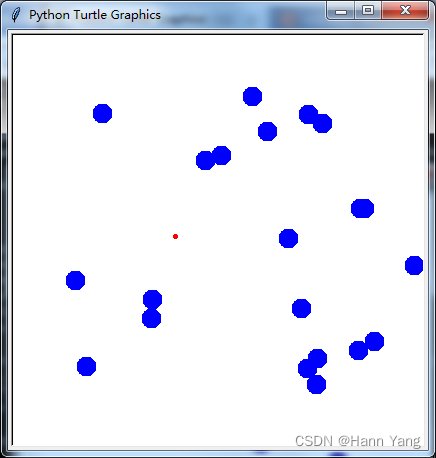
python -m freegames.pong

python -m freegames.tiles
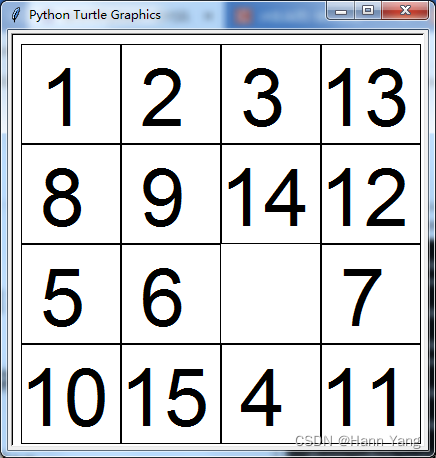
python -m freegames.maze

三、代码学习
所谓“零代码”实际上只是作者帮你写好来,拿来就用或者参考学习而已。
执行: python -m freegames copy maze,就能拷贝出源码来
(Windows系统)执行后,在当前用户的文件夹下保存有源文件: maze.py
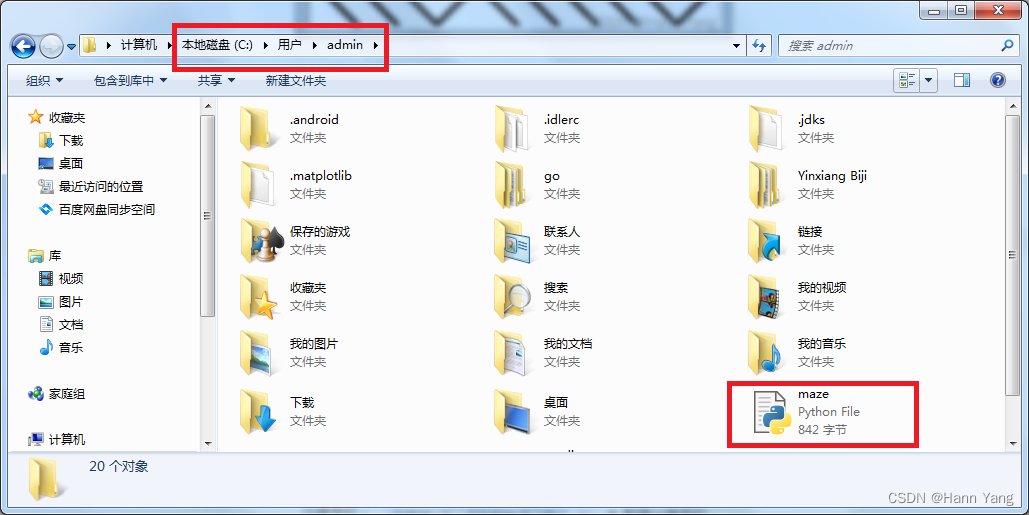
源代码:很明显游戏是基于turtle库的代码
"""Maze, move from one side to another.
Excercises
1. Keep score by counting taps.
2. Make the maze harder.
3. Generate the same maze twice.
"""
from random import random
from turtle import *
from freegames import line
def draw():
"""Draw maze."""
color('black')
width(5)
for x in range(-200, 200, 40):
for y in range(-200, 200, 40):
if random() > 0.5:
line(x, y, x + 40, y + 40)
else:
line(x, y + 40, x + 40, y)
update()
def tap(x, y):
"""Draw line and dot for screen tap."""
if abs(x) > 198 or abs(y) > 198:
up()
else:
down()
width(2)
color('red')
goto(x, y)
dot(4)
setup(420, 420, 370, 0)
hideturtle()
tracer(False)
draw()
onscreenclick(tap)
done()
再来看一个稍微复杂点的“贪吃蛇”代码:
"""Snake, classic arcade game.
Exercises
1. How do you make the snake faster or slower?
2. How can you make the snake go around the edges?
3. How would you move the food?
4. Change the snake to respond to mouse clicks.
"""
from random import randrange
from turtle import *
from freegames import square, vector
food = vector(0, 0)
snake = [vector(10, 0)]
aim = vector(0, -10)
def change(x, y):
"""Change snake direction."""
aim.x = x
aim.y = y
def inside(head):
"""Return True if head inside boundaries."""
return -200 < head.x < 190 and -200 < head.y < 190
def move():
"""Move snake forward one segment."""
head = snake[-1].copy()
head.move(aim)
if not inside(head) or head in snake:
square(head.x, head.y, 9, 'red')
update()
return
snake.append(head)
if head == food:
print('Snake:', len(snake))
food.x = randrange(-15, 15) * 10
food.y = randrange(-15, 15) * 10
else:
snake.pop(0)
clear()
for body in snake:
square(body.x, body.y, 9, 'black')
square(food.x, food.y, 9, 'green')
update()
ontimer(move, 100)
setup(420, 420, 370, 0)
hideturtle()
tracer(False)
listen()
onkey(lambda: change(10, 0), 'Right')
onkey(lambda: change(-10, 0), 'Left')
onkey(lambda: change(0, 10), 'Up')
onkey(lambda: change(0, -10), 'Down')
move()
done()
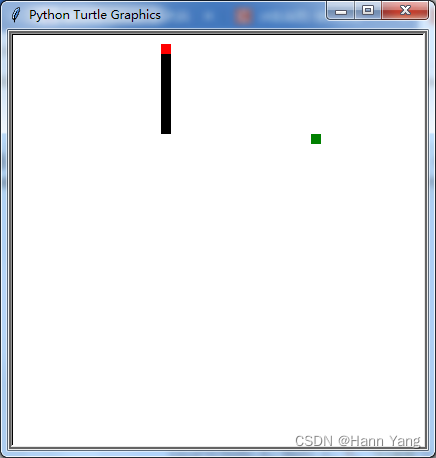
四、内置类和函数
snake游戏中使用了内置的类vector及函数square
from freegames import square, vector
除了这2个库里还有其它3个:
import freegames
freegames.__all__
[‘floor’, ‘line’, ‘path’, ‘square’, ‘vector’]
使用简介:
CLASSES
collections.abc.Sequence(collections.abc.Reversible, collections.abc.Collection)
freegames.utils.vector
class vector(collections.abc.Sequence)
| vector(x, y)
|
| Two-dimensional vector.
|
| Vectors can be modified in-place.
|
| >>> v = vector(0, 1)
| >>> v.move(1)
| >>> v
| vector(1, 2)
| >>> v.rotate(90)
| >>> v
| vector(-2.0, 1.0)
|
| Method resolution order:
| vector
| collections.abc.Sequence
| collections.abc.Reversible
| collections.abc.Collection
| collections.abc.Sized
| collections.abc.Iterable
| collections.abc.Container
| builtins.object
|
| Methods defined here:
|
| __abs__(self)
| v.__abs__() -> abs(v)
|
| >>> v = vector(3, 4)
| >>> abs(v)
| 5.0
|
| __add__(self, other)
| v.__add__(w) -> v + w
|
| >>> v = vector(1, 2)
| >>> w = vector(3, 4)
| >>> v + w
| vector(4, 6)
| >>> v + 1
| vector(2, 3)
| >>> 2.0 + v
| vector(3.0, 4.0)
|
| __eq__(self, other)
| v.__eq__(w) -> v == w
|
| >>> v = vector(1, 2)
| >>> w = vector(1, 2)
| >>> v == w
| True
|
| __getitem__(self, index)
| v.__getitem__(v, i) -> v[i]
|
| >>> v = vector(3, 4)
| >>> v[0]
| 3
| >>> v[1]
| 4
| >>> v[2]
| Traceback (most recent call last):
| ...
| IndexError
|
| __hash__(self)
| v.__hash__() -> hash(v)
|
| >>> v = vector(1, 2)
| >>> h = hash(v)
| >>> v.x = 2
| Traceback (most recent call last):
| ...
| ValueError: cannot set x after hashing
|
| __iadd__(self, other)
| v.__iadd__(w) -> v += w
|
| >>> v = vector(1, 2)
| >>> w = vector(3, 4)
| >>> v += w
| >>> v
| vector(4, 6)
| >>> v += 1
| >>> v
| vector(5, 7)
|
| __imul__(self, other)
| v.__imul__(w) -> v *= w
|
| >>> v = vector(1, 2)
| >>> w = vector(3, 4)
| >>> v *= w
| >>> v
| vector(3, 8)
| >>> v *= 2
| >>> v
| vector(6, 16)
|
| __init__(self, x, y)
| Initialize vector with coordinates: x, y.
|
| >>> v = vector(1, 2)
| >>> v.x
| 1
| >>> v.y
| 2
|
| __isub__(self, other)
| v.__isub__(w) -> v -= w
|
| >>> v = vector(1, 2)
| >>> w = vector(3, 4)
| >>> v -= w
| >>> v
| vector(-2, -2)
| >>> v -= 1
| >>> v
| vector(-3, -3)
|
| __itruediv__(self, other)
| v.__itruediv__(w) -> v /= w
|
| >>> v = vector(2, 4)
| >>> w = vector(4, 8)
| >>> v /= w
| >>> v
| vector(0.5, 0.5)
| >>> v /= 2
| >>> v
| vector(0.25, 0.25)
|
| __len__(self)
| v.__len__() -> len(v)
|
| >>> v = vector(1, 2)
| >>> len(v)
| 2
|
| __mul__(self, other)
| v.__mul__(w) -> v * w
|
| >>> v = vector(1, 2)
| >>> w = vector(3, 4)
| >>> v * w
| vector(3, 8)
| >>> v * 2
| vector(2, 4)
| >>> 3.0 * v
| vector(3.0, 6.0)
|
| __ne__(self, other)
| v.__ne__(w) -> v != w
|
| >>> v = vector(1, 2)
| >>> w = vector(3, 4)
| >>> v != w
| True
|
| __neg__(self)
| v.__neg__() -> -v
|
| >>> v = vector(1, 2)
| >>> -v
| vector(-1, -2)
|
| __radd__ = __add__(self, other)
|
| __repr__(self)
| v.__repr__() -> repr(v)
|
| >>> v = vector(1, 2)
| >>> repr(v)
| 'vector(1, 2)'
|
| __rmul__ = __mul__(self, other)
|
| __sub__(self, other)
| v.__sub__(w) -> v - w
|
| >>> v = vector(1, 2)
| >>> w = vector(3, 4)
| >>> v - w
| vector(-2, -2)
| >>> v - 1
| vector(0, 1)
|
| __truediv__(self, other)
| v.__truediv__(w) -> v / w
|
| >>> v = vector(1, 2)
| >>> w = vector(3, 4)
| >>> w / v
| vector(3.0, 2.0)
| >>> v / 2
| vector(0.5, 1.0)
|
| copy(self)
| Return copy of vector.
|
| >>> v = vector(1, 2)
| >>> w = v.copy()
| >>> v is w
| False
|
| move(self, other)
| Move vector by other (in-place).
|
| >>> v = vector(1, 2)
| >>> w = vector(3, 4)
| >>> v.move(w)
| >>> v
| vector(4, 6)
| >>> v.move(3)
| >>> v
| vector(7, 9)
|
| rotate(self, angle)
| Rotate vector counter-clockwise by angle (in-place).
|
| >>> v = vector(1, 2)
| >>> v.rotate(90)
| >>> v == vector(-2, 1)
| True
|
| scale(self, other)
| Scale vector by other (in-place).
### 最后
Python崛起并且风靡,因为优点多、应用领域广、被大牛们认可。学习 Python 门槛很低,但它的晋级路线很多,通过它你能进入机器学习、数据挖掘、大数据,CS等更加高级的领域。Python可以做网络应用,可以做科学计算,数据分析,可以做网络爬虫,可以做机器学习、自然语言处理、可以写游戏、可以做桌面应用…Python可以做的很多,你需要学好基础,再选择明确的方向。这里给大家分享一份全套的 Python 学习资料,给那些想学习 Python 的小伙伴们一点帮助!
#### 👉Python所有方向的学习路线👈
Python所有方向的技术点做的整理,形成各个领域的知识点汇总,它的用处就在于,你可以按照上面的知识点去找对应的学习资源,保证自己学得较为全面。
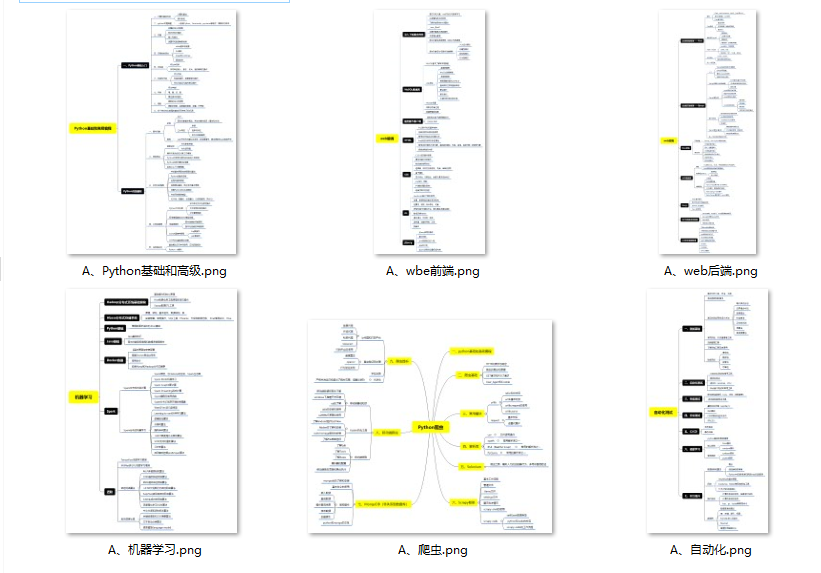
#### 👉Python必备开发工具👈
工欲善其事必先利其器。学习Python常用的开发软件都在这里了,给大家节省了很多时间。
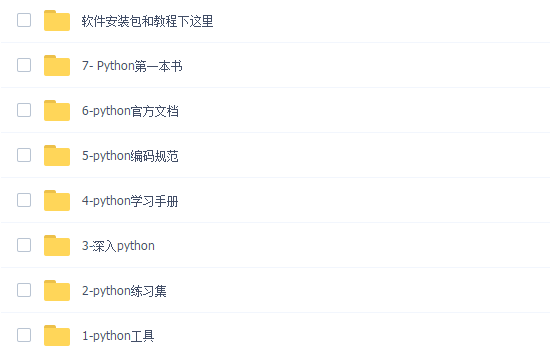
#### 👉Python全套学习视频👈
我们在看视频学习的时候,不能光动眼动脑不动手,比较科学的学习方法是在理解之后运用它们,这时候练手项目就很适合了。
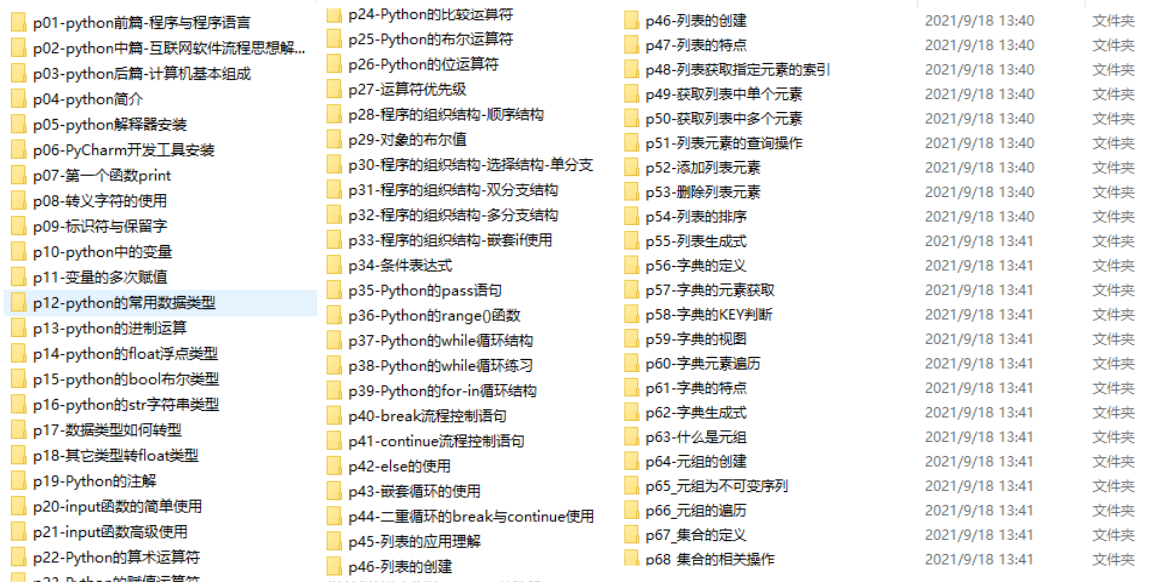
#### 👉实战案例👈
学python就与学数学一样,是不能只看书不做题的,直接看步骤和答案会让人误以为自己全都掌握了,但是碰到生题的时候还是会一筹莫展。
因此在学习python的过程中一定要记得多动手写代码,教程只需要看一两遍即可。
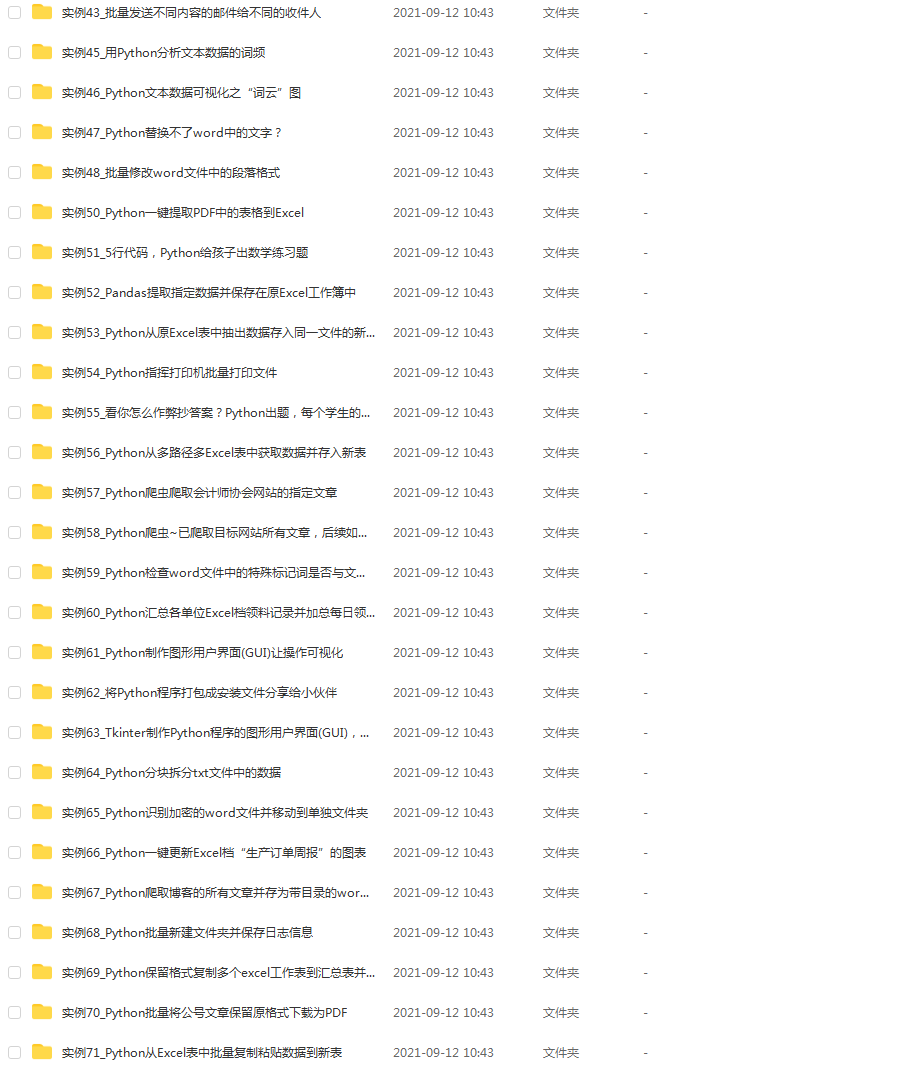
#### 👉大厂面试真题👈
我们学习Python必然是为了找到高薪的工作,下面这些面试题是来自阿里、腾讯、字节等一线互联网大厂最新的面试资料,并且有阿里大佬给出了权威的解答,刷完这一套面试资料相信大家都能找到满意的工作。

**[需要这份系统化学习资料的朋友,可以戳这里获取](https://bbs.csdn.net/topics/618317507)**
**一个人可以走的很快,但一群人才能走的更远!不论你是正从事IT行业的老鸟或是对IT行业感兴趣的新人,都欢迎加入我们的的圈子(技术交流、学习资源、职场吐槽、大厂内推、面试辅导),让我们一起学习成长!**






















 1604
1604











 被折叠的 条评论
为什么被折叠?
被折叠的 条评论
为什么被折叠?








